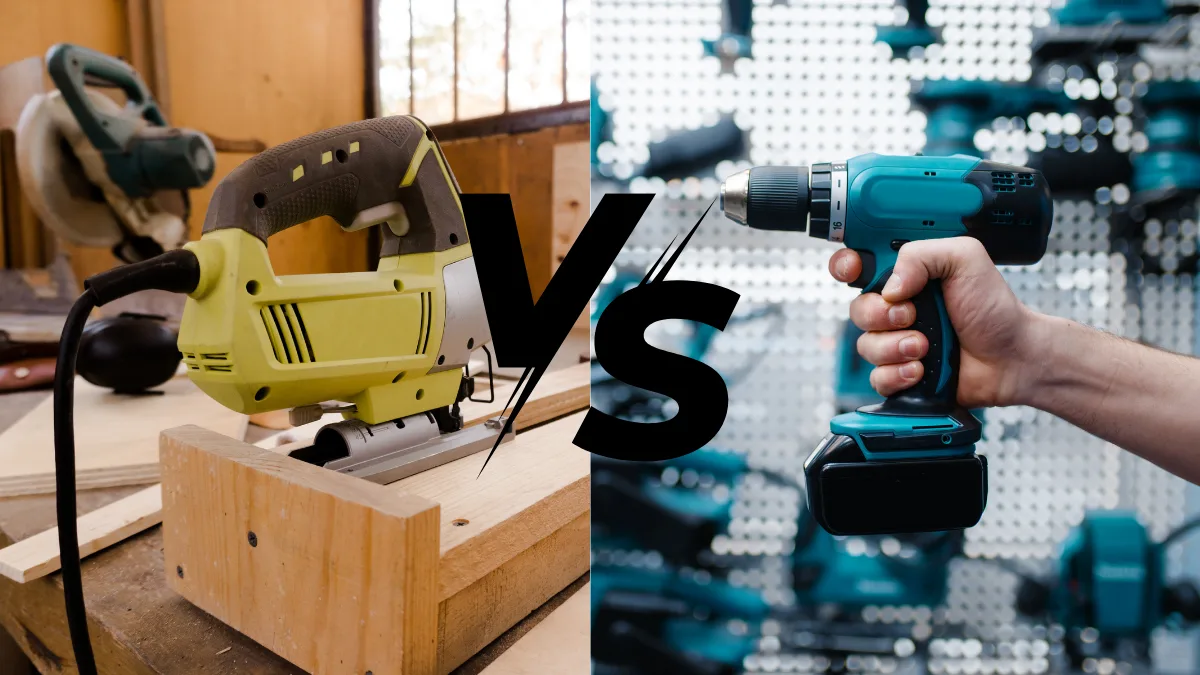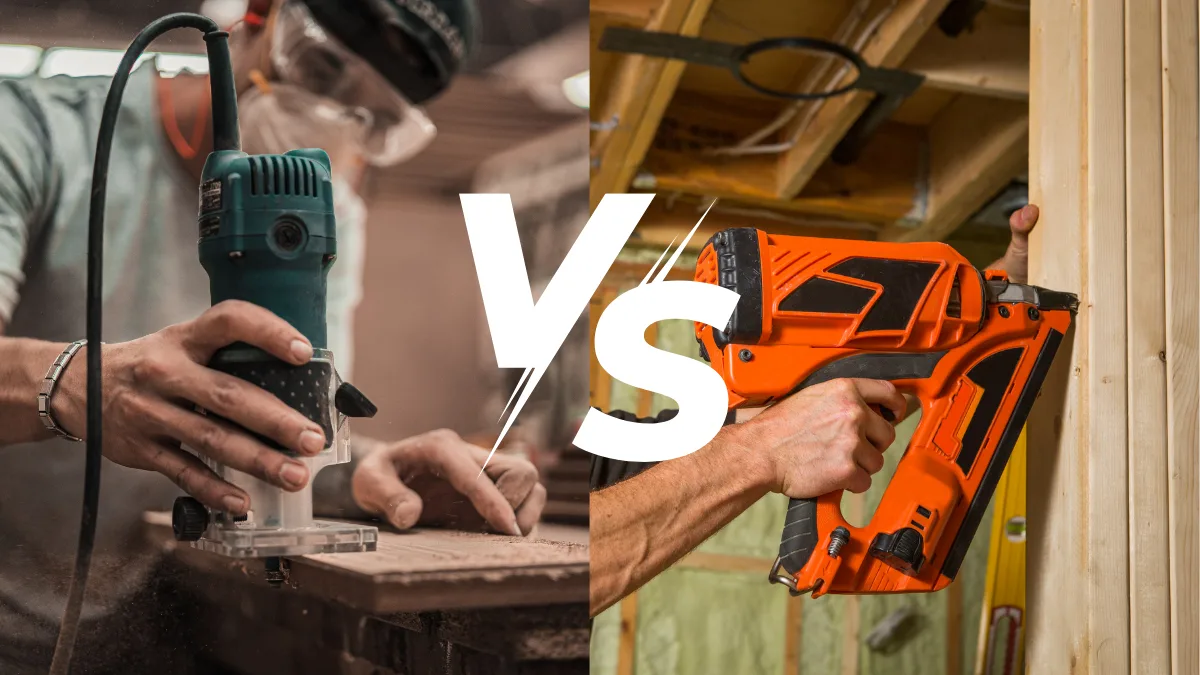Corded and cordless power tools are the keys to provide greater and consistent power in a short time, thereby speeding up and simplifying work that was previously done manually. Although both maximize your work, corded vs cordless power tools have some significant differences.
The differences between corded and cordless power tools include power source, performance, weight, design, advantages, and disadvantages.
This article will delve into the important differences between corded and cordless power tools for professional work or DIY (Do-It-Yourself) projects.
What are Corded Power Tools?

Corded power tools are electric-powered tools that get their power directly from an electrical source via a cord plugged into an outlet. With an unlimited power supply that is not limited by battery power, these devices can produce stable and greater power for high torque.
These devices are ideal for jobs that require consistent and powerful performance. The most common examples that are often used in the field include electric drills, grinders, circular saws, and planers.
With corded power tools, you don't have to worry about running out of power in the middle of a job. You will be able to complete the job without being interrupted by a dead battery.
What are Cordless Power Tools?

As the name suggests, cordless power tools are electric-powered tools that operate without using cables. These devices get their power from rechargeable batteries.
With these devices, you can use them anytime and anywhere because they are compact and portable. For those of you who work without being tied to a location, these tools are suitable for you.
Cordless power tools are now commonly used for everyday tasks, such as cordless drills, cordless impact wrenches, cordless sanders, cordless saws, and cordless angle grinders. These tools are commonly used for various carpentry, construction, and automotive jobs.
The Differences Between Corded and Cordless Power Tools

Corded and cordless power tools are both used to provide greater and consistent power in a short time, thereby speeding up and simplifying work that was previously done manually. Here are five differences between corded and cordless power tools:
1. Power source
Corded power tools: These tools require a direct power supply via an electrical outlet through a cord.
Cordless power tools: These tools use rechargeable batteries as a portable power source.
2. Performance
Corded power tools: Provide powerful and consistent power, making them ideal for jobs that require high torque and longer duration.
Cordless power tools: Provide power according to battery capacity. They have performance suitable for light to medium work.
3. Weight and design
Corded power tools: Generally lighter in weight, but larger in size.
Cordless power tools: Generally heavier due to the battery, but with a more compact design.
4. Advantages
Corded power tools: Stable, powerful, suitable for intensive work, not dependent on batteries, longer service life, and more affordable price.
Cordless power tools: High flexibility, improved safety, lightweight, comfortable design, and easy to use.
5. Disadvantages
Corded power tools: Limited mobility, less flexible for outdoor use, risk of tangling, and obstructive cables.
Cordless power tools: Limited battery life and power, not suitable for heavy-duty work, and battery compatibility.
That’s the difference between corded and cordless power tools that you can consider when choosing according to your personal needs.
If you need consistent power for large projects with long-term intensive use, corded power tools are a good choice. However, if you need high mobility to work in various locations with tools that are compact and easy to carry, you can choose cordless power tools.